One of my favorite buildings in Manhattan is The Flatiron Building, originally named the Fuller Building. The name “Flatiron” derives from its resemblance to a cast-iron clothes iron. Designed by Chicago architect and urban designer Daniel Burnham (1846-1912), this building is one of the world’s most iconic skyscrapers with wide popular appeal.
Groundbreaking Skyscraper
Upon completion in 1902, this 22-story “groundbreaker” was one of the first skyscrapers in NYC and also the first with a steel-framed construction. It is both the use of this modern construction technique and the intriguing triangelar shape that distinguished the Flatiron as a modern sensation.
A Walk from Penn Station to The Flatiron
Leaving Penn Station, you can walk along 31st and then go right on 5th and catch a glimpse of this curiously shaped structure. As we get closer, heading down 5th. Avenue, you experience the unique position in the urban grid.
To this day it remains one of the most widely photographed skyscrapers in the world. Standing in front of the building, you are presented with the welcrafted limestone and terra-cotta façade, designed in Beaux-Arts style with feautures of the French and Italian Renaissance. The façade is based upon a classical Greek column (base, shaft and capital), which reduces the monotony of the large building mass, creating articulation and visual interest. When you are face to face with this architectural anomaly it’s worth more than a casual glance.
Funny Fact “23 skidoo”
This old American expression, “23 skidoo”, means “get out quickly” and finds its origin on 23rd Street at the intersection of 5th and Broadway, the location of the Flatiron.
“The intersection in front of the Flatiron Building was always a congested spot, and a windy one, too, and in the old days the corner was a famous spot for young lads to watch women’s skirt being whipped around. So famous was the spot, in fact, that policemen would occasionally have to shoo away these perpetual watches, and the expression ’23 Skidoo’ was said to have been born on this windswept corner.” 1
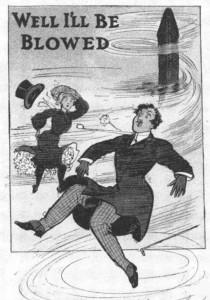
A postcard from 1905
Back to Painting
While reading about The Flatiron, I was struck by this photograph taken by Edward Steichen in 1904, and I couldn’t wait to paint this mysterious scene! So here it is… my visual reaction on paper!
_________________
Footnote
- Douglas, George H. (2004). Skyscrapers: A social History of the Very Tall Building in America. McFarland and Co. ISBN 0-7864-2030-8. p.39
Books
- Wil Jones (2012). New York architectuurgids. Librero. ISBN 978-90-8998-196-7
- Jan Gympel (1996). Geschiedenis van de architectuur. Könemann. ISBN 3-89508-450-6
Websites
- Flatiron Building: https://en.wikipedia.org/wiki/Flatiron_Building
- Photo Edward Steichen: http://www.metmuseum.org/toah/works-of-art/33.43.39
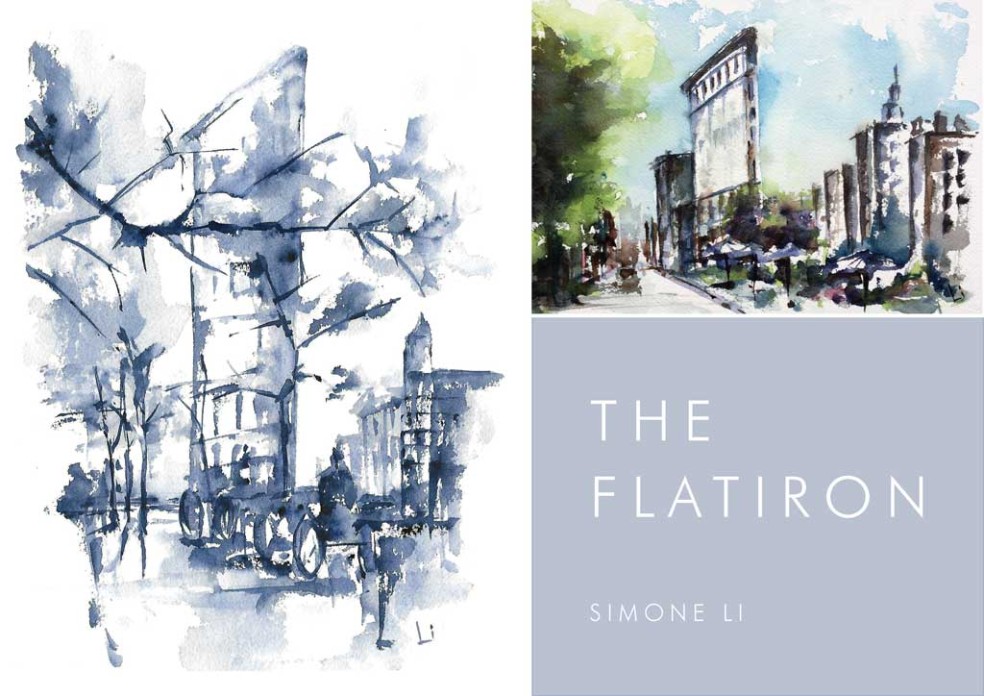

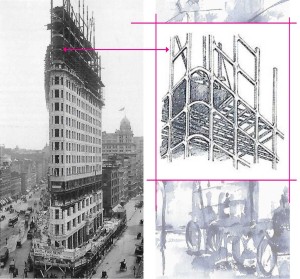
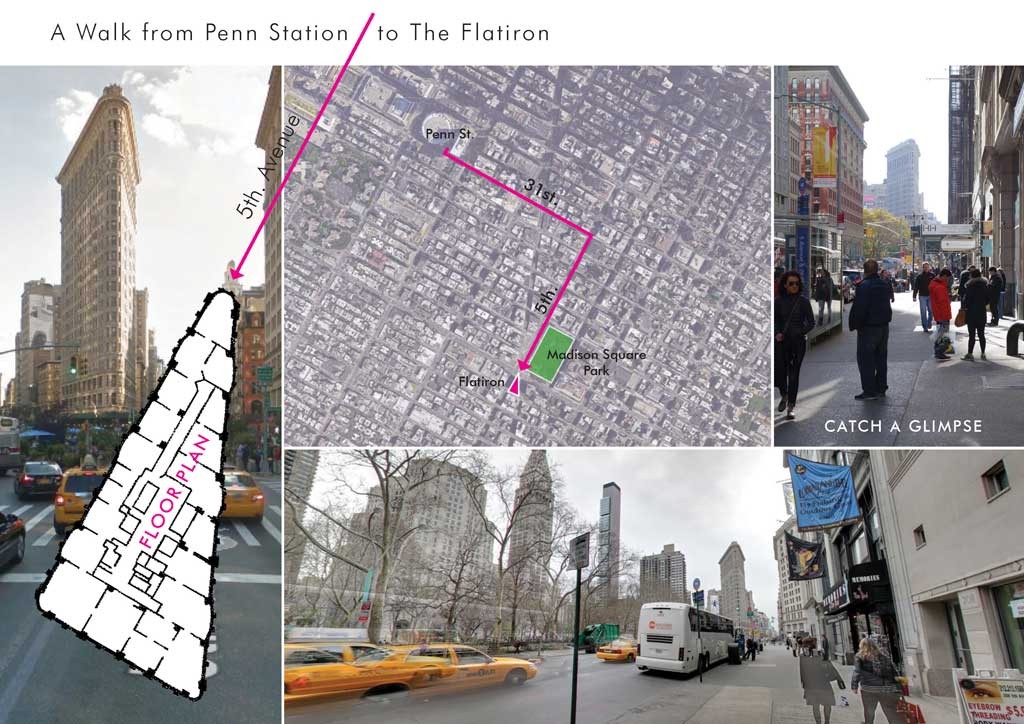
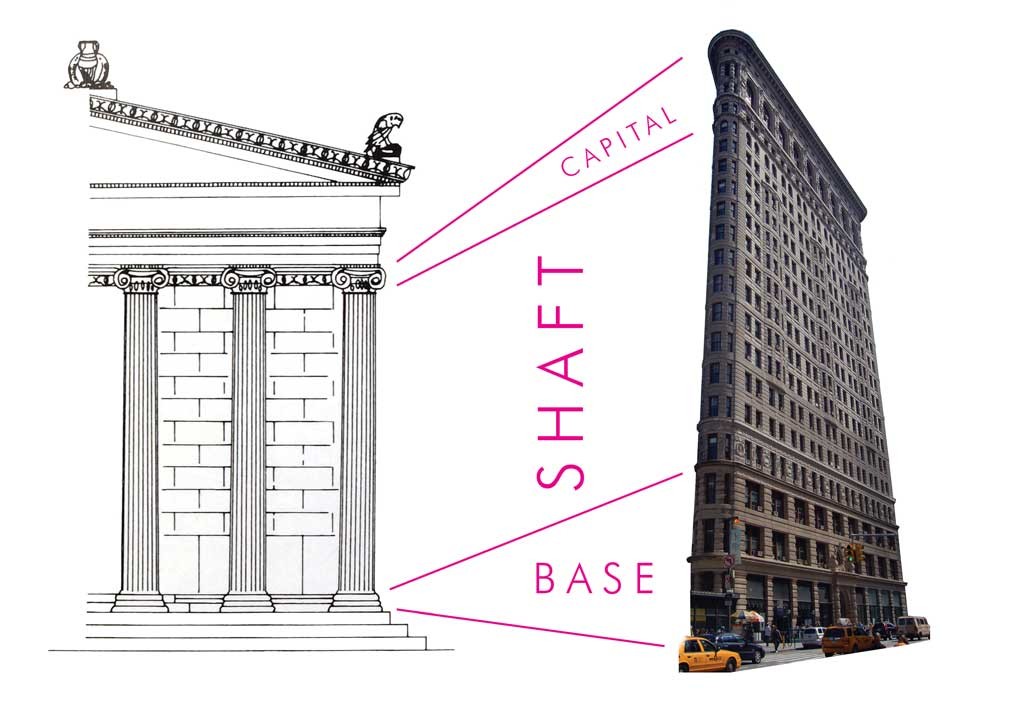
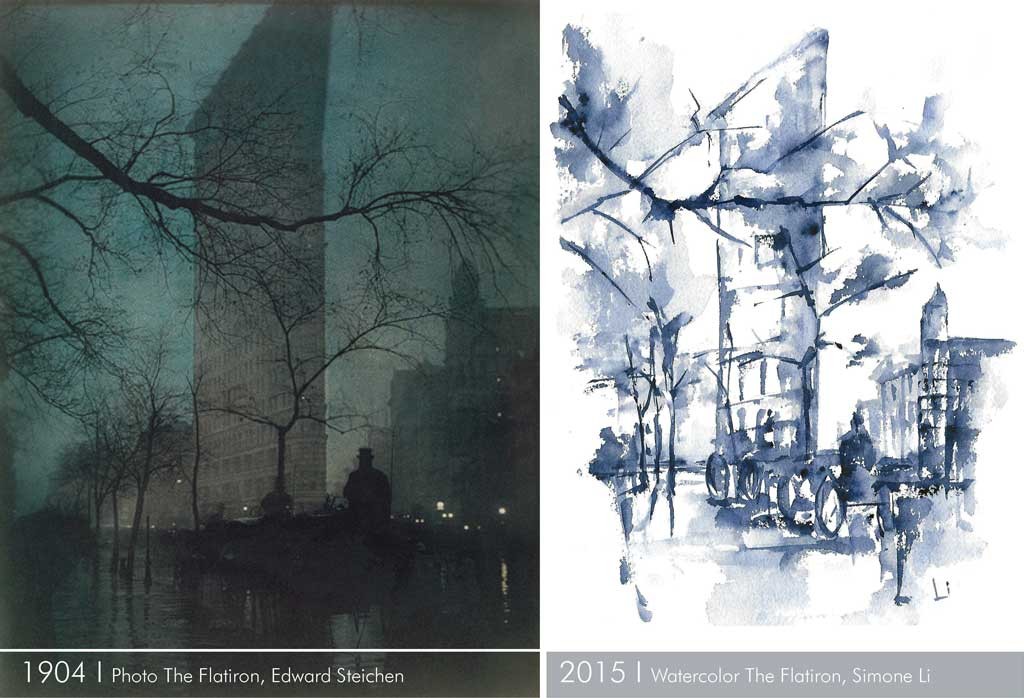
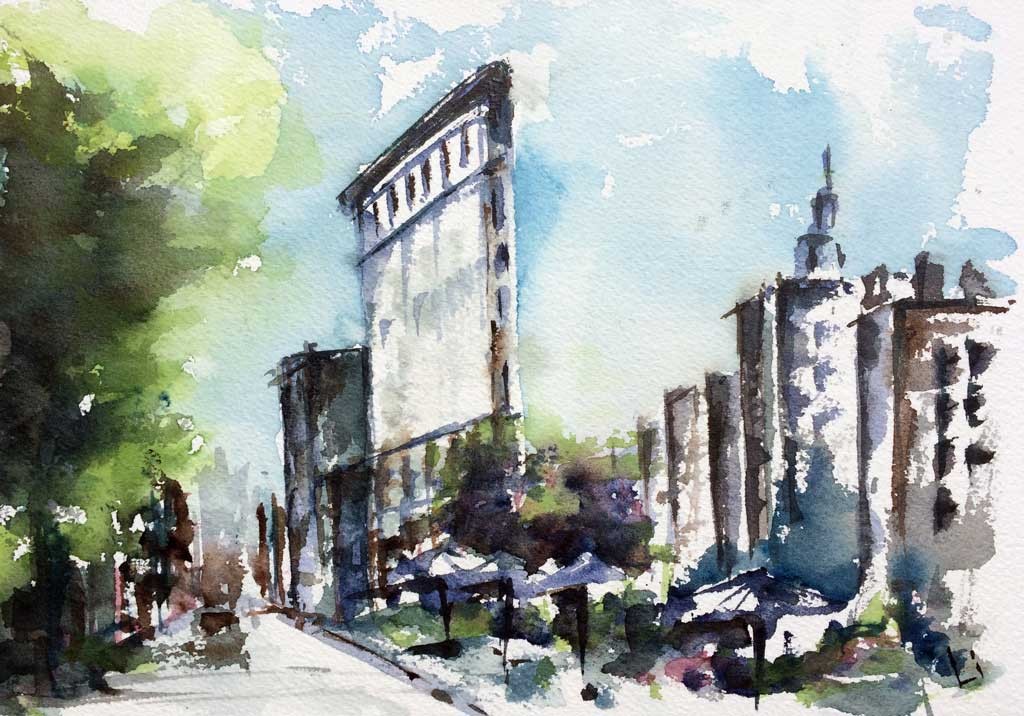
Comments 3
Simone,
This is just outstanding and your bringing in the role the wind played is perfect.
I love all of your Flatiron renditions.
I love all of this.
Have a great trip home and enjoy every boisterous and all quiet moments too …. if there are any!
Author
Hi Donna,
Thank you so much for your lovely words!! And I’m looking forward to our next creative adventure in Bridgewater, so much fun to do this together!
Warm regards, Simone
Just reading the book High Steel about ironworkers and came across this post. Lovely!